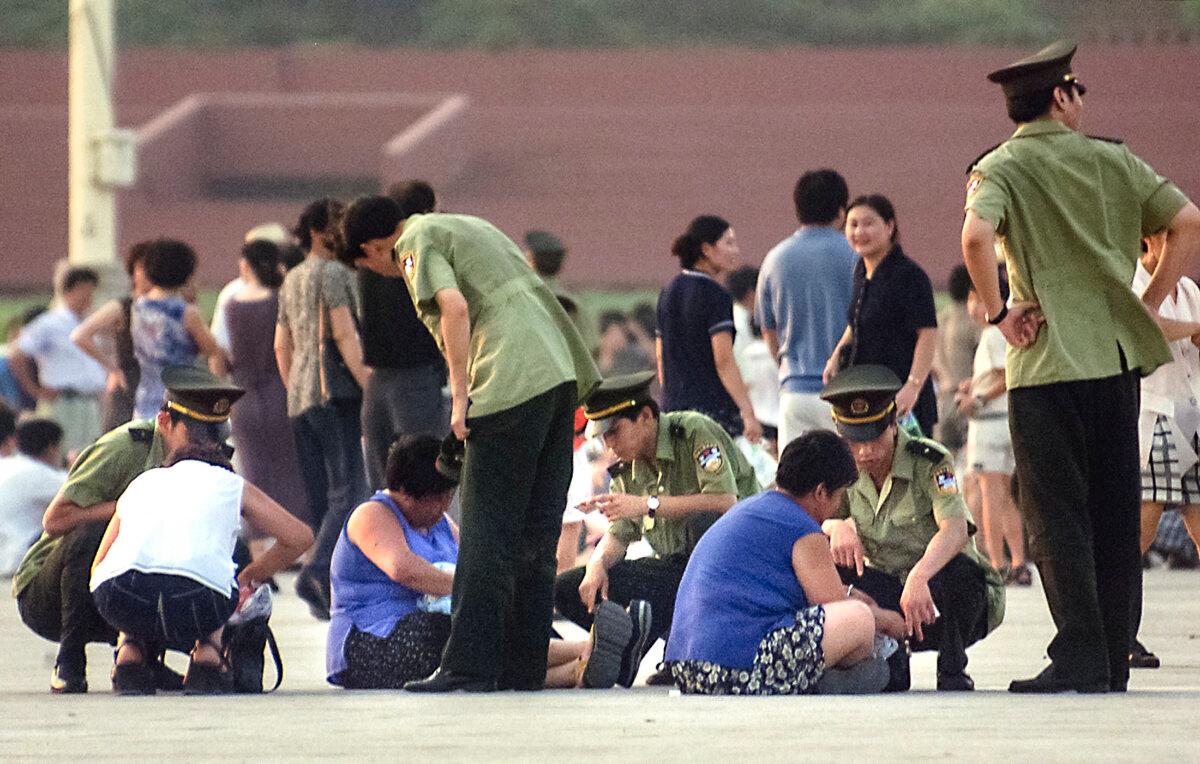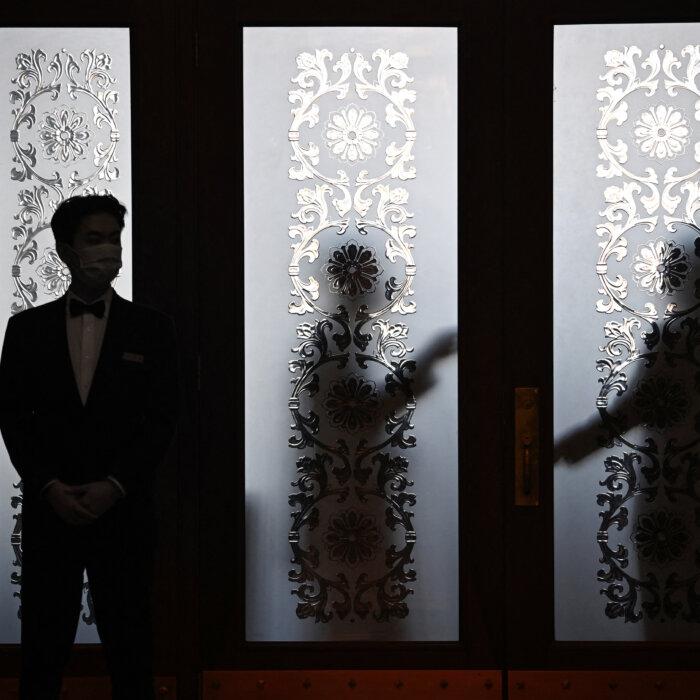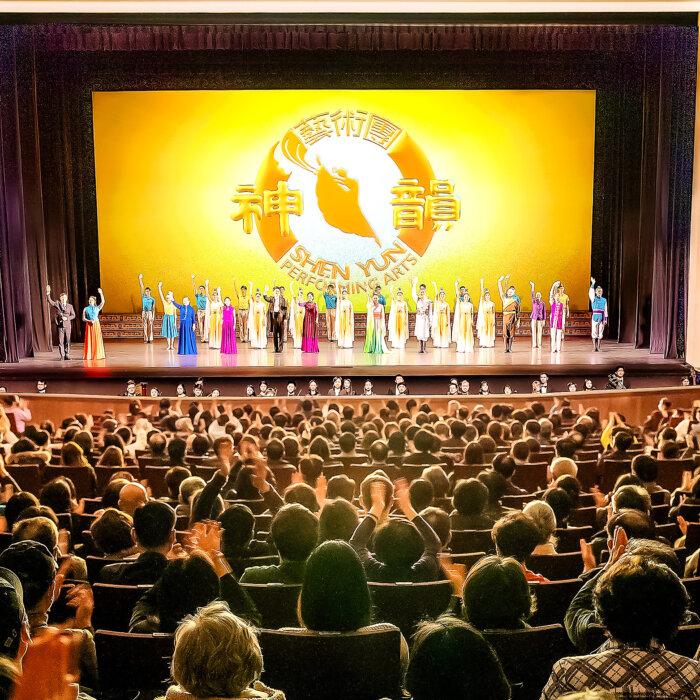The New York Times plans to continue publishing articles that undermine Shen Yun Performing Arts, with its latest focus being on the group’s financial operations, sources reveal.
Shen Yun is a U.S.-based 501(c)3 nonprofit organization that discloses its financial status to the public as required by laws and regulations. Nonetheless, The New York Times has raised questions about Shen Yun’s cash flow.
While many admire Shen Yun for its grand performances and mission to inspire diverse audiences with Chinese culture, few are aware of its founding background and the hardship and challenges it has faced.
The artists and performers of Shen Yun, founded in 2006, are largely Falun Gong practitioners who have fled China because of persecution by the Chinese Communist Party (CCP). Many have family members who have been imprisoned or even killed by the CCP. These refugees, having lost their families and being unable to return to their homeland, have established their own educational and training facilities on undeveloped land, driven by their faith, and have embarked on a global tour.

Thus a performance produced by a minority ethnic group and utilizing the art form of Chinese classical dance—little known in the West—has rapidly become a celebrated global artistic phenomenon. This achievement is a miracle in itself and a point of pride for the Chinese community. Having grown from a single performing group in 2006 to eight groups by 2024, Shen Yun has emerged as the fastest-growing arts company in American history.
Typically, it takes decades or even centuries for an arts organization to gain worldwide recognition. This requires not only exceptional artistic quality, but also favorable timing, location, and substantial financial backing. In an era when traditional stage performances are in decline, Shen Yun has risen against the odds, building itself from the ground up, and has accomplished in just a few years what other arts organizations take decades to achieve—all without seeking government or corporate funding in the United States. This is indeed a remarkable and inspiring story.
The journey of Shen Yun in building its own brand has been both challenging and financially demanding. The revenue generated from performances not only covers the salaries of the employees in the eight performance groups and the annual production costs of new shows, but also consistently supports the affiliated religious performing arts schools Fei Tian Academy and Fei Tian College. This funding helps promote and preserve traditional Chinese culture, including authentic Chinese classical dance, ensuring that it is passed on to future generations, while the CCP has been systematically destroying it over the past decades. Additionally, as each new class of talented artists graduates from Fei Tian, Shen Yun’s funding also helps expand the company’s operations, thereby creating more jobs in society.
With the onset of the COVID-19 pandemic at the end of 2019, followed by the Russia–Ukraine war, ongoing turmoil in the Middle East, and rising geopolitical tensions in the Indo-Pacific region, the world today is filled with uncertainty. Shen Yun Performing Arts must prepare for the future. In fact, even during the pandemic, when the U.S. government was distributing substantial subsidies, Shen Yun made every effort to utilize its own savings to pay its employees’ salaries and provide donations to Fei Tian, thereby avoiding placing a burden on the U.S. government.
In line with the Judeo-Christian tradition in the United States, the Puritans who arrived on the Mayflower believed that hard work, the creation and accumulation of wealth, and giving back to society are ways to honor God. Both Martin Luther and John Calvin emphasized that a person’s work in the world serves not only material needs, but also the fulfillment of God’s plan. This philosophy has been a consistent thread throughout American history, from founding father Benjamin Franklin to contemporary billionaires such as Elon Musk, who work diligently and use their wealth to benefit society. The establishment and operation of Shen Yun Performing Arts exemplify this very tradition.
The New York Times, as a prominent American newspaper, should be well aware of this American tradition and celebrate the multiculturalism and success stories that Shen Yun brings to the United States. Instead, The New York Times has chosen to launch a sustained attack against Shen Yun, publishing eight articles since August. These articles rely on selective use of materials, including interviews that are not representative, and accusatory language, employing these elements to repeatedly demonize Shen Yun.
It is to be noted that the CCP’s annual “stability maintenance” budget for suppressing its citizens has long exceeded its military spending. Additionally, much of the funding spent by the military and United Front, or on diplomacy, national security, and propaganda for the purpose of suppressing Chinese citizens, is not included in this “stability maintenance” budget. A large portion of this spending has been used to persecute Falun Gong. Even conservatively estimated, the taxpayer money spent for this purpose over the past two decades amounts to trillions of dollars.

The New York Times ignores this but focuses on the relatively modest income of Shen Yun Performing Arts used for anti-persecution efforts. It’s hard not to suspect that its reporting stems from “true malice.”
As Elon Musk pointed out, “The biggest point of manipulation that occurs in the media is not when the media says something that’s false or misleading—they do that—but their choice of narrative.”
Why does The New York Times never seek to understand or report on the founding purpose, struggles, efforts, and behind-the-scenes hardships of Shen Yun Performing Arts? Why does it never focus on the fact that the CCP is using all its resources to suppress Falun Gong and is even exporting this suppression overseas through its spies and agents, which are critical issues for America’s future?
Recently, Australian legal scholar Yuan Hongbing received information from within the CCP indicating that before the 20th National Congress, Chinese leader Xi Jinping outlined new strategies to suppress Falun Gong, at a secret meeting convened by the CCP’s Political and Legal Affairs Commission.
The two main strategies include a media campaign and legal warfare against Falun Gong practitioners. Whether it’s The New York Times’ eight consecutive attacks on Shen Yun, its cover-up of the CCP’s suppression of Falun Gong, or the ongoing legal battles Shen Yun and Fei Tian are facing, all confirm the authenticity of Yuan’s insider information.
In fact, The New York Times has unwittingly become a pawn in the CCP’s game.


